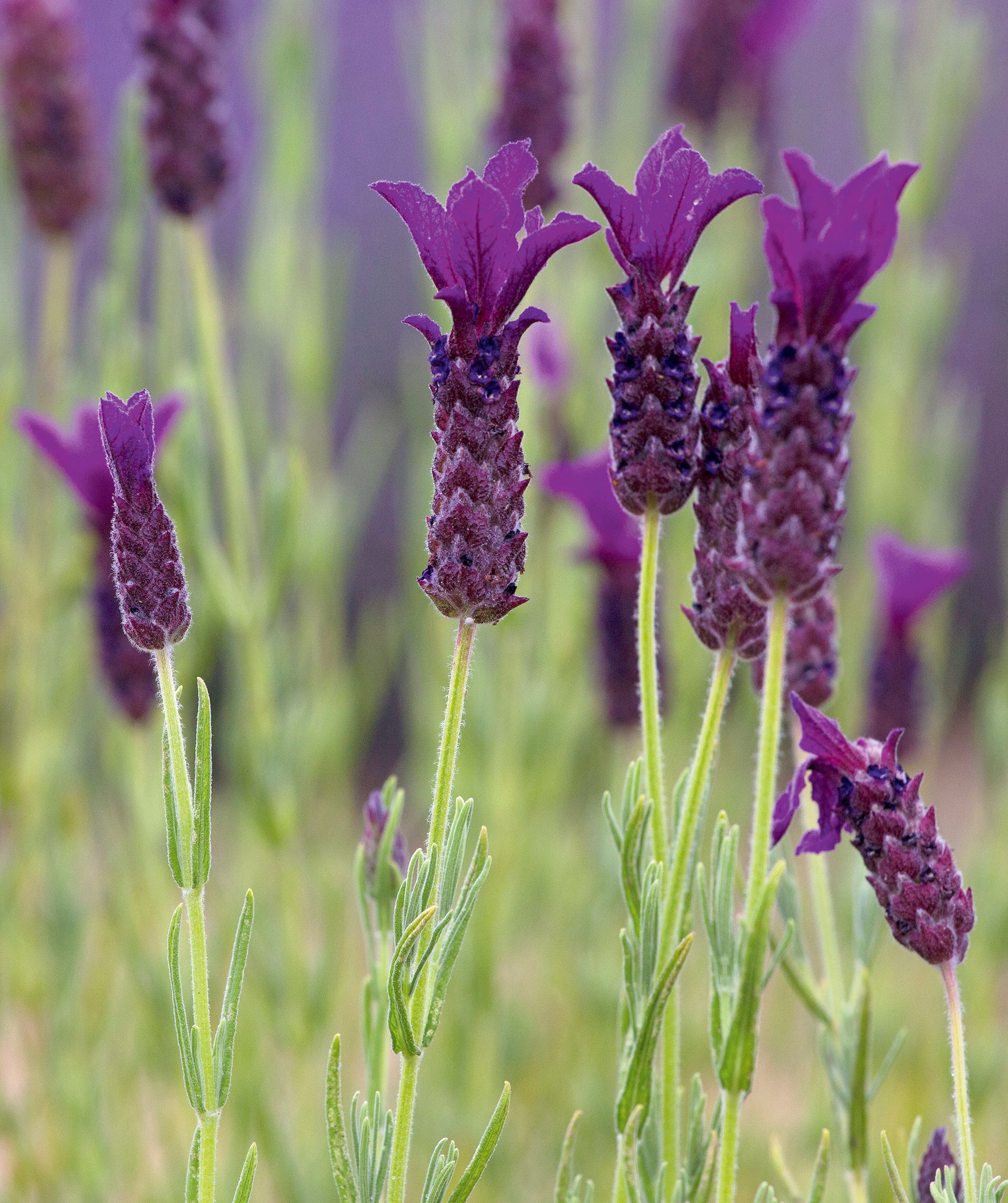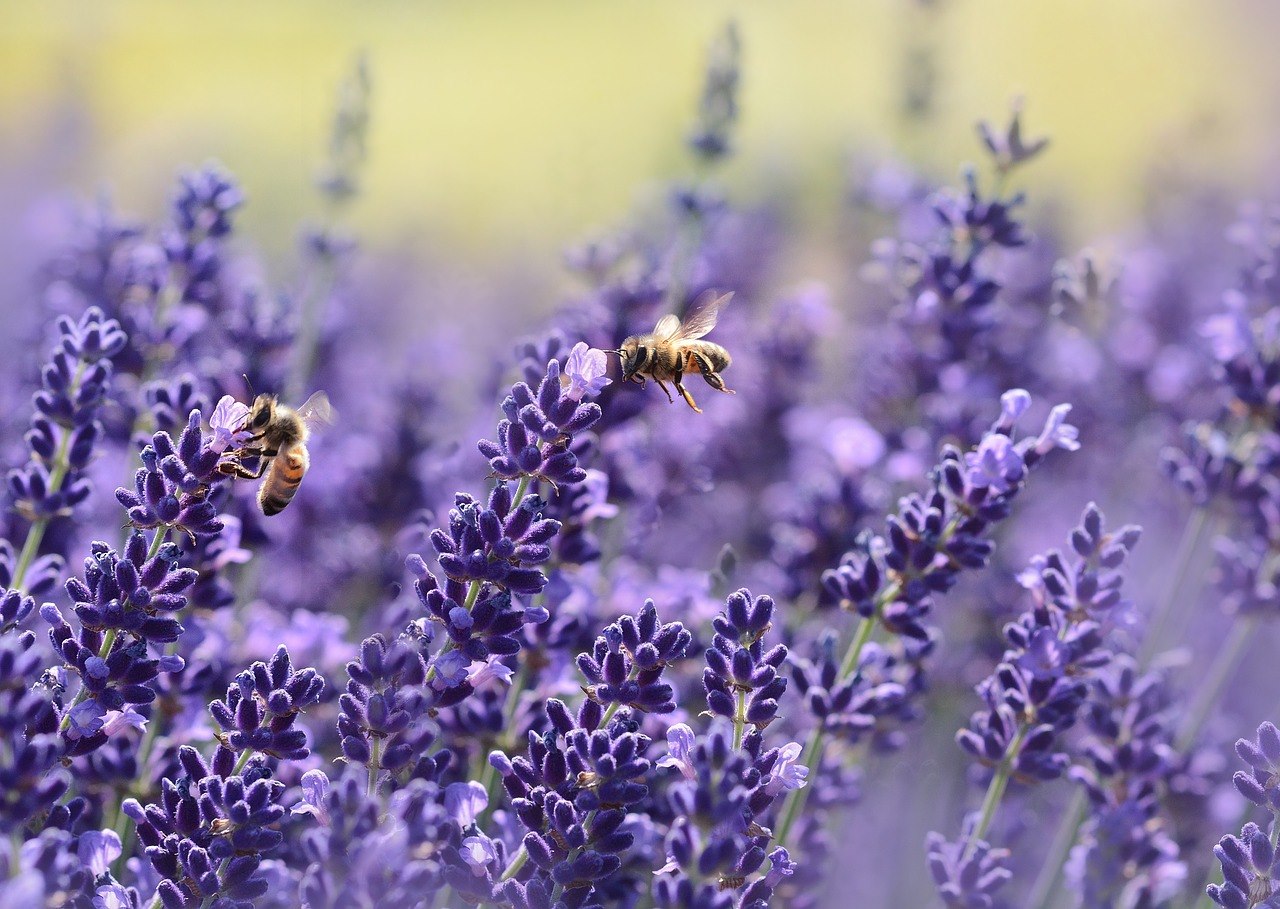Why Pruning is Essential for English Lavender
Pruning is a vital component of English lavender care, as it plays a crucial role in promoting healthy growth, encouraging blooming, and maintaining shape. By pruning regularly, you can improve the overall appearance and fragrance of your English lavender plant, making it a stunning addition to your garden. Pruning helps to remove dead or damaged stems, allowing the plant to focus its energy on producing new growth and blooms. This, in turn, can lead to a more vibrant and fragrant plant, perfect for attracting pollinators and adding a touch of elegance to your outdoor space. Regular pruning can also help to prevent the plant from becoming leggy and unruly, ensuring it remains compact and bushy. Furthermore, pruning can help to increase the plant’s resistance to disease and pests, reducing the need for pesticides and other chemicals. By understanding the importance of pruning and when to prune English lavender, you can unlock the full potential of your plant and enjoy its many benefits.
Identifying the Right Time to Prune English Lavender
Determining the ideal time to prune English lavender is crucial for its health and well-being. Pruning at the wrong time can cause more harm than good, so it’s essential to understand the best season, weather conditions, and signs to look out for. In general, the best time to prune English lavender is during the spring, after the threat of frost has passed and new growth begins to appear. This allows the plant to focus its energy on producing new stems and blooms, rather than seed production. However, pruning can also be done in the fall, after the blooming season has ended, to prepare the plant for the dormant season. When deciding whether to prune, look for signs such as dead or damaged stems, leggy growth, or a lack of blooms. If you notice any of these signs, it’s likely time to prune your English lavender. Additionally, consider the weather conditions, avoiding pruning during extreme heat, cold, or wet weather. By pruning at the right time and under the right conditions, you can ensure your English lavender plant remains healthy and thriving.
How to Prune English Lavender for Maximum Results
To prune English lavender effectively, it’s essential to have the right tools and techniques. Start by gathering a pair of sharp, clean pruning shears and a small rake or cultivator. Before pruning, inspect the plant for any dead or damaged stems, and remove them to prevent the spread of disease. Next, identify the stems that are growing outside of the plant’s natural shape, and trim them back to encourage a bushy habit. When making cuts, always cut just above a leaf node, using a 45-degree angle to promote healthy growth. Remove any weak or spindly stems, as these can drain the plant’s energy and reduce blooming. For a more compact shape, prune the stems back by about one-third, making sure to leave enough foliage to support the plant’s growth. Finally, use the rake or cultivator to gently loosen the soil around the base of the plant, promoting healthy root growth and drainage. By following these steps and techniques, you can prune your English lavender with confidence and achieve maximum results.
The Benefits of Pruning English Lavender in Different Seasons
Pruning English lavender at the right time can have a significant impact on the plant’s growth, blooming, and overall health. In the spring, pruning helps to promote new growth and encourages the plant to focus its energy on producing blooms rather than seeds. During this season, prune back the stems by about one-third to one-half, making clean cuts just above a leaf node. This will help to control the plant’s shape and promote a bushy habit. In the summer, pruning can help to encourage more blooms and prevent the plant from becoming leggy. Simply trim back the stems by about one-quarter, removing any weak or spindly growth. In the fall, pruning prepares the plant for the dormant season, helping to protect it from harsh weather conditions. Remove any dead or damaged stems, and trim back the plant by about one-third to one-half. By pruning English lavender in different seasons, you can enjoy a healthy, thriving plant that produces an abundance of fragrant blooms. Remember to prune at the right time, as pruning at the wrong time can cause more harm than good. For example, pruning in the winter can cause the plant to become vulnerable to frost and cold temperatures. By understanding the benefits of pruning in different seasons, you can tailor your pruning strategy to meet the specific needs of your English lavender plant.
Common Mistakes to Avoid When Pruning English Lavender
While pruning is an essential part of English lavender care, it’s easy to make mistakes that can harm the plant. One of the most common mistakes is over-pruning, which can cause stress to the plant and lead to disease or pest problems. To avoid over-pruning, prune only what is necessary to maintain the plant’s shape and promote healthy growth. Another mistake is pruning at the wrong time, such as during the winter months when the plant is dormant. Pruning during this time can cause the plant to become vulnerable to frost and cold temperatures. Instead, prune English lavender in the spring, summer, or fall, when the plant is actively growing. Using dull tools is also a common mistake, as it can cause tears in the stems and lead to infection. Always use sharp, clean pruning shears to make clean cuts and prevent damage to the plant. Additionally, failing to remove dead or damaged stems can spread disease and encourage pests. By avoiding these common mistakes, you can ensure successful pruning and promote the health and beauty of your English lavender plant. Remember, when to prune English lavender is just as important as how to prune, so make sure to prune at the right time and with the right techniques.
Pruning English Lavender for Specific Purposes
Pruning English lavender is not a one-size-fits-all task. Depending on your goals, you can prune your plant to achieve specific results. For example, if you want to promote blooming, prune your English lavender in the spring, removing any dead or damaged stems and shaping the plant to encourage bushy growth. This will help to increase the number of blooms and improve the overall appearance of the plant. If you want to control the shape of your English lavender, prune it in the summer, trimming back any leggy stems and encouraging a more compact growth habit. To encourage new growth, prune your English lavender in the fall, cutting back the stems by about one-third to one-half. This will help to stimulate new growth and prepare the plant for the next growing season. By pruning English lavender for specific purposes, you can achieve the desired results and enjoy a healthy, thriving plant. Remember to prune at the right time, as pruning at the wrong time can have negative consequences. For instance, pruning in the winter can cause the plant to become vulnerable to frost and cold temperatures. By understanding when to prune English lavender and how to prune for specific purposes, you can enjoy a beautiful and fragrant garden.
The Role of Pruning in English Lavender Maintenance
Pruning is a crucial component of regular English lavender maintenance. It plays a vital role in promoting healthy growth, encouraging blooming, and maintaining the plant’s shape. By incorporating pruning into a larger care routine, you can ensure your English lavender plant remains thriving and beautiful. This care routine should include regular watering, fertilizing, and pest management. Pruning helps to remove dead or damaged stems, which can harbor pests and diseases, and encourages new growth, making it easier to maintain the plant’s overall health. Additionally, pruning can help to improve air circulation and reduce the risk of fungal diseases. When to prune English lavender is also important, as pruning at the right time can make a significant difference in the plant’s response. By pruning in the spring, summer, or fall, you can promote healthy growth, encourage blooming, and maintain the plant’s shape. Remember, pruning is not a one-time task, but rather an ongoing process that requires regular attention to ensure the best results. By making pruning a priority, you can enjoy a beautiful and fragrant English lavender plant for years to come.
Pruning English Lavender for a Beautiful and Fragrant Garden
By incorporating pruning into your English lavender care routine, you can enjoy a beautiful and fragrant garden all year round. Pruning is a simple yet effective way to promote healthy growth, encourage blooming, and maintain the plant’s shape. When to prune English lavender is crucial, and by following the guidelines outlined in this article, you can ensure your plant receives the right care at the right time. Whether you’re looking to promote blooming, control shape, or encourage new growth, pruning can help you achieve your goals. With regular pruning, you can enjoy a thriving English lavender plant that adds beauty and fragrance to your garden. So, grab your pruning shears and get started today With a little practice and patience, you’ll be enjoying the rewards of a well-maintained English lavender plant in no time.








